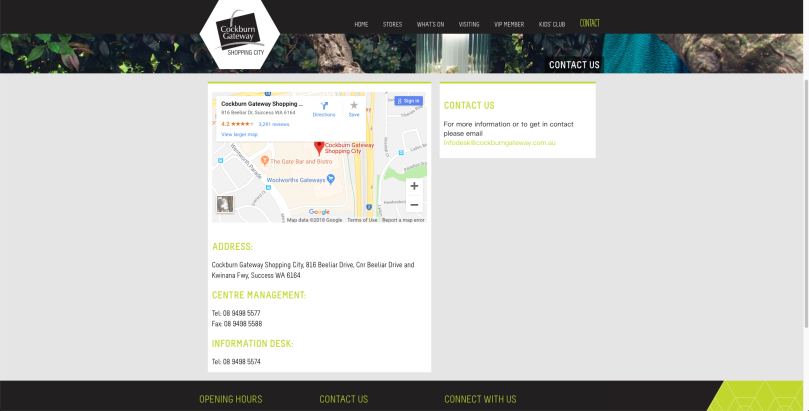Performance load is the degree of mental and physical activity required to achieve a goal(Lidwell, Holden & Butler, 2003). If the performance load is high, performance time and errors increase, and the probability of successfully accomplishing the goal decreases. The number of commands that had to be remembered to perform a task was the cognitive load for that task. Performance load consists of two types of loads: cognitive load and kinematic load.
Cognitive load is the mental activity needed to accomplish a goal – perception, problem-solving and the amount of information that working memory can hold at one time(Sweller & Ayres, 2011).
The kinematic load is the degree of physical activity – the number of steps or movements, or amount of force – required to accomplish a goal(Lidwell, Holden & Butler, 2003).
References:
Lidwell, W., Holden, K., & Butler, J. (2003). Performance Load. In Universal Principles of Design (pp. 148‐149). Massachusetts: Rockport.
Sweller, J., Ayres, P., & Kalyuga, S. (2011). Cognitive load theory (Explorations in the learning sciences, instructional systems and performance technologies). New York: Springer. (2011). Retrieved November 5, 2018, from INSERT-MISSING-DATABASE-NAME.



